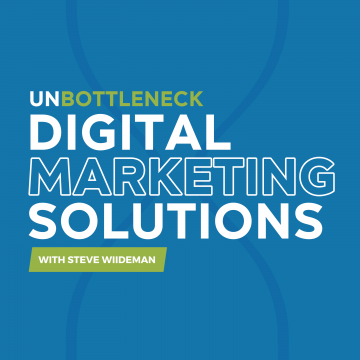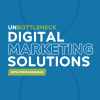No matter how good your SEO team is, if your website isn’t becoming the virtual salesperson of your business, overtime Google and other search engines will notice a trend in the ratio of people who return to their search results to choose a different listing. Without putting time and energy into the user experience (UX), running tests with conversion focal points, or pulling out all the “stuff” users aren’t clicking on, a website is doomed to fail and may risk exile to the outer realms of search results.
Today a good friend of mine, Alan Duvall, pointed out a new landing page that Google launched today which reminded me of the conversion experiences Ion Interactive was famous for (probably still is).
How Conversion Experiences Work
The common way to design a landing page in the conversion world is to drop a web form onto the page or a big ole button to immediately draw the visitor’s attention, which compared to making the user figure out what they are supposed to do, is actually not a bad start for usability purposes.
Conversion experiences, however, go beyond shoving a form or button in the user’s face. Instead, a virtual conversion takes place through a series of short, simple questions, which is exactly what Google did on their new landing page.
Watch my video walkthrough below or scroll down to get the bullet list of highlights.
Highlights – Conversion Rate Optimization
Takeaways from Google’s landing page can be seen below, proving that Google is absolutely taking the time to work on conversion rate optimization (CRO):
- Not only is there a phone number at the top, but it says “Talk to a Human”
- The navigation is minimal with two links, one providing the “what” the other providing the “why”
- There’s zero clutter to the left or right of the experience, leaving only ONE choice to the user
- Important links exist below the fold if the user decides they’d like to explore a bit more
- Privacy policy and a link to the homepage are available near the copyright
- The second page after entering in business info delivers your info embedded in their product
- The second page asks three simple questions (problems), which are answered (solved) when clicked on
- The third and final page offers the sign-up button prominently at the top right (heat map perfection)
- The third page offers something free (2 minute action plan + free credit) so they can drip email you
It’s genius really. Could Google have done anything at all better in the example above? Let me know in the comments – my readers definitely appreciate your insight.




